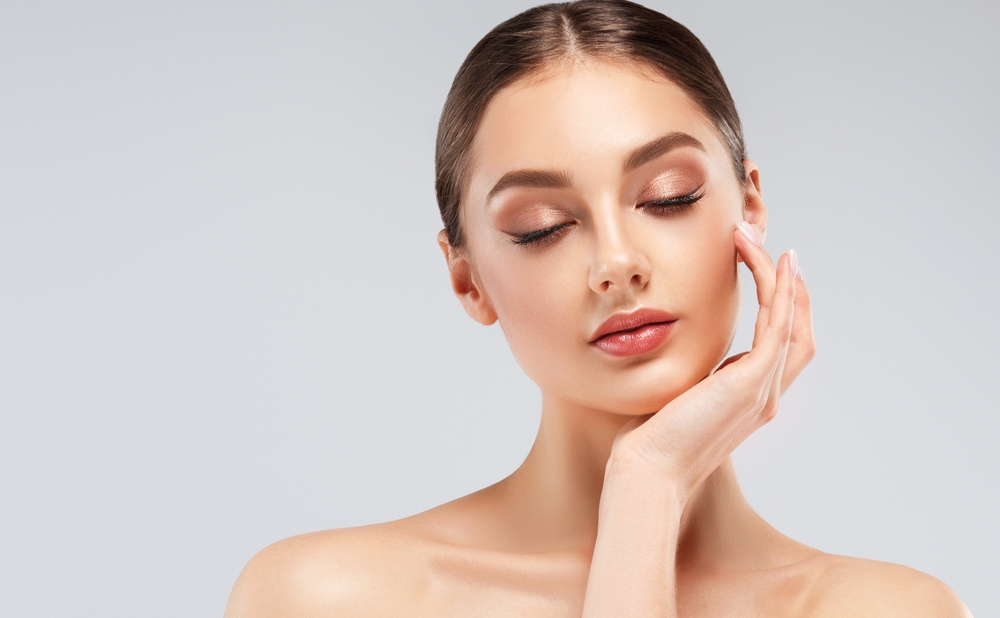Post Date: 8/5/2024

Botox and fillers are among the most preferred methods for reducing signs of aging and achieving a more voluminous facial appearance. But is it possible to use these two effective methods together?
Before providing information on the combination application, it is necessary to explain what facial fillers and Botox are. We can then clarify the purpose, mechanism of action, and compatibility of these treatments when used together.
Facial fillers are aesthetic procedures performed to eliminate volume loss and wrinkles by injecting substances beneath the skin. These procedures are usually carried out using natural or biologically compatible substances like hyaluronic acid* and calcium hydroxyapatite**. Fillers are injected into the dermis or subcutaneous tissue.
*Hyaluronic acid is a molecule found naturally in the skin with a high capacity for moisture retention.
**Calcium hydroxyapatite is a mineral naturally found in bone and teeth that helps plump the skin.
The main purpose of dermal fillers is to restore lost volume in the face. As we age, the fat tissue beneath our skin diminishes, making facial lines more prominent. Fillers are used to replenish this lost volume, resulting in a younger and fuller appearance. Consequently, wrinkles and fine lines are smoothed out, giving the skin a more vibrant and aesthetically pleasing look.
Applications of Facial Fillers
Fillers can be used in various areas of the face. The most common areas of application include:
Cheek fillers address volume loss, achieving a fuller cheek appearance. Lip fillers enhance lip volume for a plumper look. Jawline fillers define and sharpen the jawline. Under-eye fillers reduce dark circles and hollow appearances, providing a refreshed look.
Botox is a toxin derived from the Clostridium botulinum bacterium, used in aesthetic treatments to temporarily block muscle movements. By halting nerve transmission, Botox allows muscles to relax, which reduces the appearance of wrinkles. It is particularly effective in areas where facial muscles are frequently used.
Uses of Botox
The primary function of Botox is to reduce wrinkles by temporarily stopping muscle movements. Continuous muscle activity in specific areas of the face can lead to wrinkles and fine lines over time. Botox limits these movements, preventing the formation of new wrinkles and softening existing ones.
Botox is typically used in areas like forehead lines, crow’s feet around the eyes, and frown lines between the eyebrows. The most commonly treated areas with Botox include:
Facial fillers restore volume loss by injecting substances under the skin, resulting in a fuller appearance. Botox, on the other hand, reduces wrinkles by temporarily paralyzing muscles. By relaxing these muscles, Botox diminishes dynamic wrinkles.
Combining Dermal Fillers and Botox
Dermal fillers and Botox can be used together to achieve more comprehensive and longer-lasting aesthetic results. Fillers primarily address static lines caused by volume loss, while Botox reduces dynamic lines caused by muscle movements, such as expressions and gestures. Combining these treatments allows for the effective treatment of both static and dynamic wrinkles.
Usually, Botox is applied first, followed by the filler procedure. This order is important for muscle relaxation and better filler placement. Once Botox relaxes the treated muscles, the filler substances distribute more evenly and naturally.
Botox injections typically take 10-30 minutes, with effects beginning to appear in a few days and reaching full effect in about 1-2 weeks. The results usually last between 3-6 months.
After receiving Botox, a waiting period is necessary for muscle relaxation and smoother skin appearance. This period typically lasts from a few days to a few weeks. During this time, the full effects of Botox become apparent, and muscle movements are minimized.
The second step is the facial filler procedure. Filler substances are injected into various areas of the face, typically taking 30-60 minutes to complete.
Due to Botox limiting muscle movements, the filler substances can distribute more evenly and naturally during the procedure. The muscles relaxed by Botox allow the filler substances to spread homogeneously in the injection area, making it easier to achieve the desired aesthetic results.
Applying Botox and fillers sequentially enhances the effectiveness of both treatments. This order is particularly beneficial in areas where facial muscles are heavily used, leading to more natural and long-lasting results.
Combining Botox with fillers improves the overall facial appearance, giving a younger and more vibrant look. This method is ideal for achieving comprehensive aesthetic results in a single session. Reducing wrinkles and enhancing skin structure are key benefits of this treatment. For detailed information or to schedule combined or individual Botox and filler therapy, please contact us.